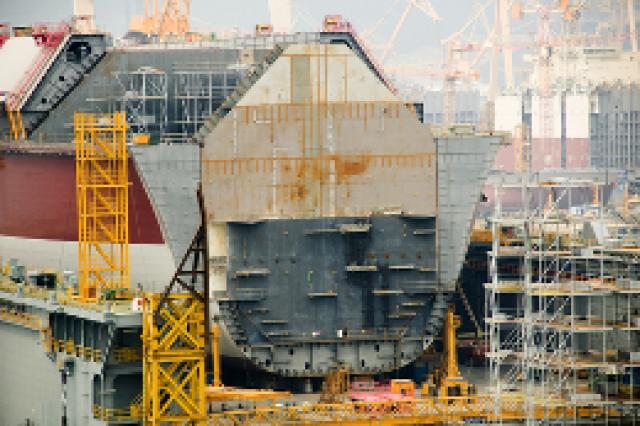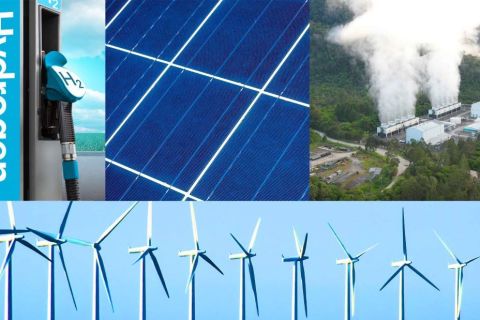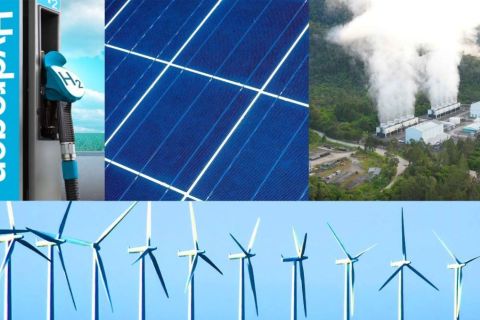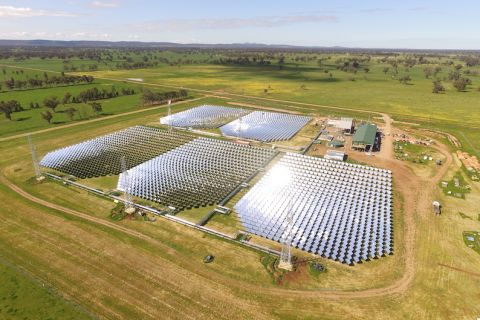
Shale gas developments could help or potentially hinder LNG projects and floating LNG (FLNG) installation, complicating the outlook for the FLNG market.
Currently, 24 projects are planned that could require an FLNG, according to the March 2013 Floating Production Report by International Maritime Associates (IMA). That figure is up from five in 2008.
While there are no existing FLNGs, only one unit is being built – for Shell’s Prelude field offshore Australia. The report stated that orders for two additional FLNGs have been placed, including one for use in Malaysia. The other lacks a specific field commitment.
Yet, despite the expected growing demand for energy with the highest needs coming from LNG-import dependent Korea and Japan, abundant natural gas supplies, and LNG projects in full swing in Australia, the outlook for the FLNG orders is not as certain as some might think.
“There are a variety of technical and commercial issues that need to be successfully resolved before wide-scale viability of FLNG projects is established,” the report said. Some of these issues involve the FLNG topside plant size and weight along with limited use in sea environments due to vessel motion that impacts separation processes. Moreover, operation and maintenance costs are unknowns.
“Even more important is the impact of new shale gas finds on global gas supply,” the report continued. “Viability of LNG projects of all types could be dealt a major blow if shale gas developments dramatically impact the global gas demand/supply balance.”
Lower global natural gas prices caused by major new shale gas discoveries could impact the viability of installing FLNGs on natural gas deposits, according to the report.
However, FLNGs could be just the economical and environmentally less controversial option needed for land-based LNG plants. In North America the need for FLNGs could blossom, if regulatory authorities open doors for export opportunities, providing an outlet for large supplies of natural gas.
So far, only one US export terminal has gained governmental approval. Cheniere Energy’s Sabine Pass plant is under construction along the US Gulf Coast.
But 21 more have been proposed, according to the report. However, only four of those proposed terminals call for use of FLNGs as liquefaction plants. Three of these terminals are located in Texas in Corpus Christi, Freeport, and Lavaca, and one is located in Plaquemines, La.
The IMA predicted eight FLNG orders will most likely be made during the next five years, given “(1) technical issues involving FLNGs are resolved, (2) global pricing of natural gas is not badly eroded by shale gas production, and (3) several of the FLNG export terminal projects in North America proceed.”
However, the eight forecast FLNG orders could drop to two, IMA said, if shale gas impacts LNG pricing. But the number could jump to 10 if prices stay firm, technical issues are fixed, and FLNG building costs are lowered.
“The orders in the most likely scenario will be a combination of purpose-built mega FLNGs like Prelude, four or five smaller FLNGs like Kanowit, and several barge-mounted plants similar to the unit being built for La Creciente,” the report said. “The low forecast envisages a few orders for smaller FLNGs. The high forecast envisages two or three mega FLNGs plus seven or eight smaller units and barges.”
IMA called the FLNG market sector “very young and uncertain,” which makes predictions “highly tenuous and subject to change as more information comes available.”
Of the floating production systems FLNGs are the newest. Currently, Shell and Technip Samsung Consortium are working on what will be the world’s first FLNG project. Prelude FLNG will be moored 200 km (124 miles) off the northwest coast of Australia in the Browse basin.
In a news release the companies touted the benefits of such floating production systems, saying FLNGs enable development of gas resources from both small clusters of fields to larger, more remote ones. “This can mean faster, cheaper, more flexible development and deployment strategies for resources that were previously uneconomic or constrained by technical or other risks, helping to bring more natural gas to the market.”
Shell said it expects global natural gas demand to jump by 60% from 2010 to 2030. LNG is predicted to have a strong presence in the energy mix.
Contact the author, Velda Addison, at vaddison@hartenergy.com.
Recommended Reading
Energy Transition in Motion (Week of Jan. 26, 2024)
2024-01-26 - Here is a look at some of this week’s renewable energy news, including NextEra Energy’s growing renewable energy backlog.
Energy Transition in Motion (Week of Feb. 23, 2024)
2024-02-23 - Here is a look at some of this week’s renewable energy news, including approval of the construction and operations plan for Empire Wind offshore New York.
Energy Transition in Motion (Week of Feb. 2, 2024)
2024-02-02 - Here is a look at some of this week’s renewable energy news, including a utility’s plans to add 3.6 gigawatts of new solar and wind facilities by 2030.
Energy Transition in Motion (Week of Feb. 9, 2024)
2024-02-09 - Here is a look at some of this week’s renewable energy news, including the latest on a direct lithium extraction technology test involving one of the world’s biggest lithium producers and the company behind the technology.
Could Concentrated Solar Power Be an Energy Storage Gamechanger?
2024-03-27 - Vast Energy CEO Craig Wood shares insight on concentrated solar power and its role in energy storage and green fuels.




